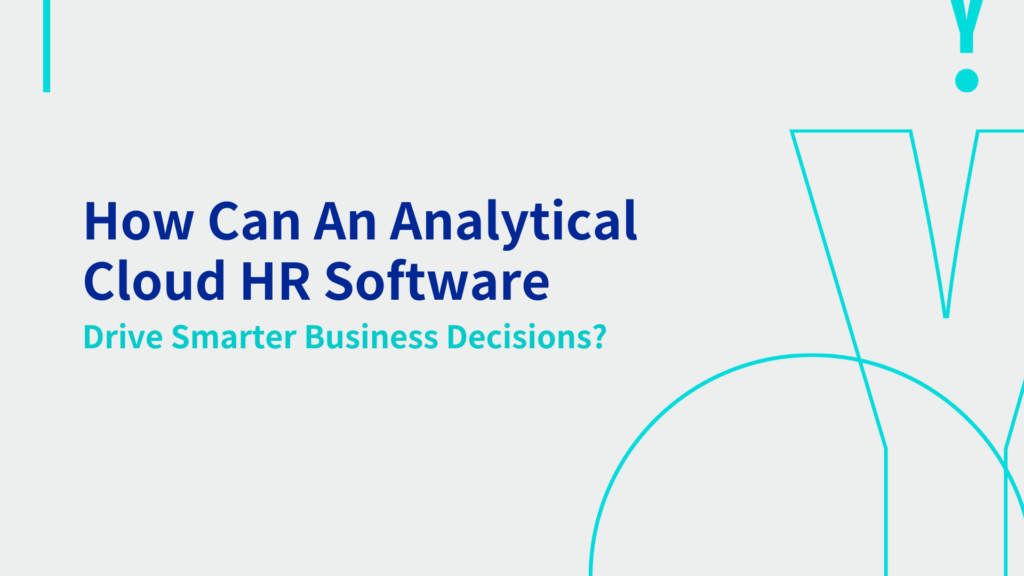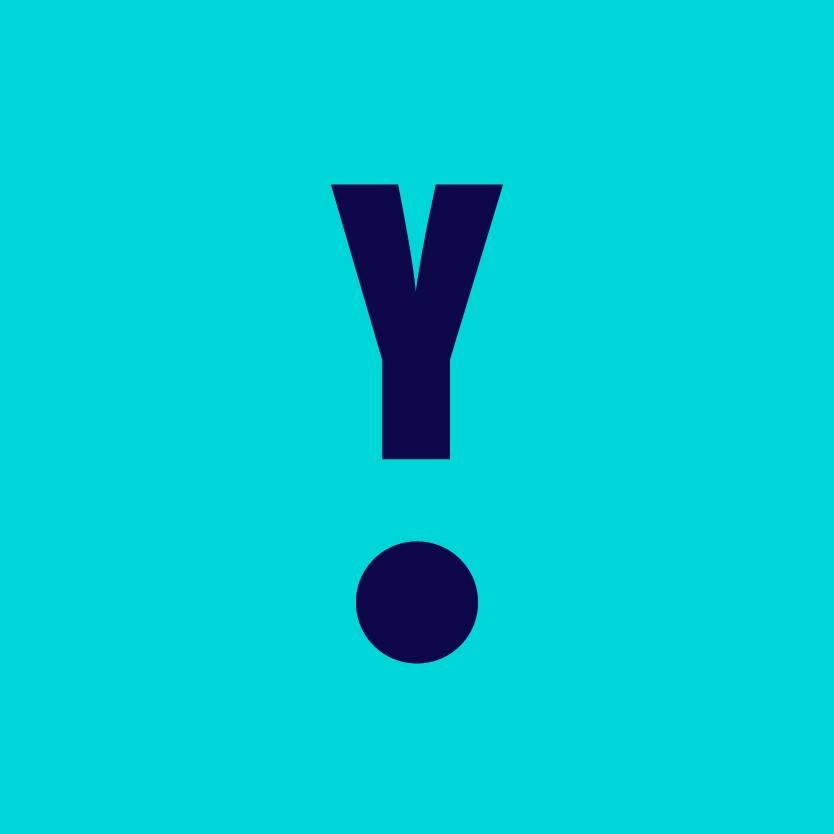
Decisions must be made swiftly in today’s fast-paced corporate environment. Still, they also need to be precise and supported by facts. Many companies struggle to balance workforce satisfaction with operational efficiency.
This is where our cloud HR software comes into play, bridging the gap between data and action. With cloud-based platforms, businesses can now make sense of scattered HR data in real time. No more relying on gut feelings or outdated spreadsheets to make crucial decisions.
Instead, smarter choices are driven by real-time employee insights, trends, and forecasts. Whether it’s hiring, training, performance, or retention, everything becomes measurable and manageable. As organizations scale, traditional HR methods become cumbersome and unreliable.
Fortunately, Cloud HR Analytics offers businesses the agility, accuracy, and accessibility they need. In the following sections, we’ll explore how leveraging this technology can help businesses unlock productivity, reduce costs, and gain a competitive edge in the evolving marketplace.
- What Exactly Is Cloud HR Analytics?
What Exactly Is Cloud HR Analytics?
Cloud HR Analytics uses cloud computing to collect, process, and analyze human resource data in real time. It replaces manual data collection with automated dashboards and AI-powered insights that improve decision-making across HR functions.
Therefore, by moving to the cloud, businesses can access data from anywhere, making remote management and global workforce tracking much easier. From talent acquisition to employee exits, analytics offer transparency, speed, and measurable outcomes for every HR action taken.
These platforms integrate seamlessly with existing systems like payroll, recruitment tools, and performance management software, ensuring smooth data flow. Moreover, data is stored securely with encryption and compliance standards, protecting sensitive employee information at all times. With cloud-based HR analytics, companies enjoy lower IT costs, fewer errors, and better collaboration among HR and business leaders. So, if you want to manage employee expenses along with this, you can consider expense claim management in this regard.
Simply put, this solution transforms your HR department into a data-powered decision-making unit with clear business impact.
Why Traditional HR Reporting No Longer Works?
Old-school HR reporting methods often rely on static spreadsheets and time-consuming data compilation from multiple disconnected sources. Such reports are error-prone, difficult to interpret, and usually outdated by the time they reach the decision-makers.
Additionally, traditional tools lack the flexibility to track real-time employee behavior or forecast future trends accurately. They can’t capture emerging issues such as disengagement, burnout, or diversity gaps until it’s too late to respond effectively.
Cloud HR analytics, on the other hand, delivers live updates and dynamic visualizations that offer deeper, actionable insights instantly. Instead of reactive decisions, businesses can now act proactively—adjusting strategies before issues escalate or opportunities are missed.
Moreover, traditional reporting doesn’t scale well with growing teams, hybrid workforces, or multi-location business operations. As workforces become increasingly digital, relying solely on conventional reports limits your ability to compete in a data-first environment.
The Key Benefits of Cloud HR Analytics for Businesses
Improved Recruitment Outcomes
An analytical cloud HR software tracks the entire candidate journey, identifying what works and what needs fixing in your hiring pipeline. Recruiters can analyze which job boards attract the best candidates and adjust strategies to reduce time-to-hire.
Hence, by spotting trends in successful hires, companies can fine-tune job descriptions, screening questions, and interview formats. Predictive analytics can also forecast future hiring needs based on attrition, performance, and growth trends.
Consequently, it allows HR to build talent pools and succession plans proactively rather than scrambling to fill urgent gaps later.
Enhanced Employee Engagement
Engagement analytics highlight which departments, teams, or managers are fostering strong employee satisfaction and which are falling short. Pulse surveys, feedback loops, and sentiment analysis help HR detect morale dips before they turn into resignations or conflicts.
Cloud platforms visualize engagement metrics in real time, allowing HR leaders to take immediate action and create better employee experiences. Additionally, engagement scores can be correlated with productivity, absenteeism, and retention to understand their true business impact.
Ultimately, this leads to smarter investments in wellness, training, and leadership development programs tailored to actual employee needs.
Data-Driven Performance Management
Cloud HR analytics evaluates employee performance using measurable KPIs, not just subjective appraisals or annual reviews. You can track productivity, goal completion, peer feedback, and project contributions across different departments and timelines.
Real-time dashboards identify top performers and underperformers, helping managers take timely corrective actions or give due recognition. All credit can go to an integrated cloud HR software. Furthermore, businesses can detect performance trends during onboarding, training, and role changes, improving support and coaching strategies.
By aligning performance insights with company goals, HR can foster a high-performance culture that drives business success.
Smarter Workforce Planning
Cloud platforms help predict workforce needs by analyzing business growth, employee turnover, seasonal demands, and industry shifts. Businesses can use this data to optimize team sizes, restructure departments, and budget for hiring and training programs efficiently.
This results in fewer resource gaps, better workload distribution, and reduced costs due to over- or under-staffing. Additionally, succession planning becomes easier with visibility into leadership readiness and internal mobility opportunities.
With clearer workforce intelligence, businesses can remain agile and competitive in an unpredictable market.
How Cloud HR Analytics Supports Compliance And Risk Mitigation?
Cloud HR software comes equipped with built-in compliance tracking, helping businesses meet labor laws, tax regulations, and workplace policies. They automatically update when policies change, ensuring your business always stays aligned with legal standards and industry norms.
Analytics can flag patterns of non-compliance, such as wage disparities, missed training deadlines, or excessive overtime. By addressing these issues early, businesses reduce the risk of penalties, lawsuits, and reputational damage.
Moreover, audit trails and access logs ensure accountability while simplifying inspections and internal reviews. From GDPR to OSHA, cloud-based HR systems handle sensitive data securely, making compliance a built-in process, not an afterthought.
Real-Time Dashboards for Strategic Leadership
Executives and HR leaders need more than numbers—they need insights that help drive high-impact strategic decisions. Cloud HR analytics provides real-time dashboards that offer clear visuals, trends, and predictive models.
With these tools, leadership can confidently answer questions like:
- Are we hiring the right people?
- Which teams need better support?
- What’s driving turnover in key roles?
By turning raw data into business intelligence, leaders can make decisions that align people strategy with business strategy. These dashboards also foster collaboration, enabling data-sharing between departments and reducing internal silos.
Smart leadership begins with smarter data access—and cloud HR analytics delivers exactly that.
Integrating AI & Machine Learning in Cloud HR Platforms
Modern HR analytics platforms go beyond basic reporting by integrating artificial intelligence and machine learning capabilities. AI algorithms identify hidden trends, predict outcomes, and automate routine HR tasks like resume screening or leave approvals.
Machine learning models continuously improve their accuracy by learning from past data and evolving with your organization’s behavior. So, it indicates smarter hiring, more personalized employee experiences, and quicker responses to workforce shifts.
For example, AI can suggest career development paths or detect early signs of employee disengagement. So, when HR decisions are backed by learning algorithms, they become faster, fairer, and far more effective.
Final Thoughts
Cloud HR software is a strategic necessity for businesses aiming to thrive in a data-driven world. By transforming HR data into actionable insights, these platforms empower better decisions, faster responses, and stronger employee relationships.
From recruitment to retention, compliance to culture, everything improves when data speaks louder than assumptions. So, if you want to future-proof your workforce and stay ahead of competitors, it’s time to embrace cloud HR analytics.
Henceforth, consult experts at YOOV in this regard. The sooner you integrate it into your business strategy, the sooner you’ll unlock smarter, data-powered decision-making for lasting success.
Connect with YOOV

WhatsApp:Click Here
Email:hello@yoov.com
Website:https://www.yoov.com/